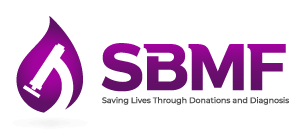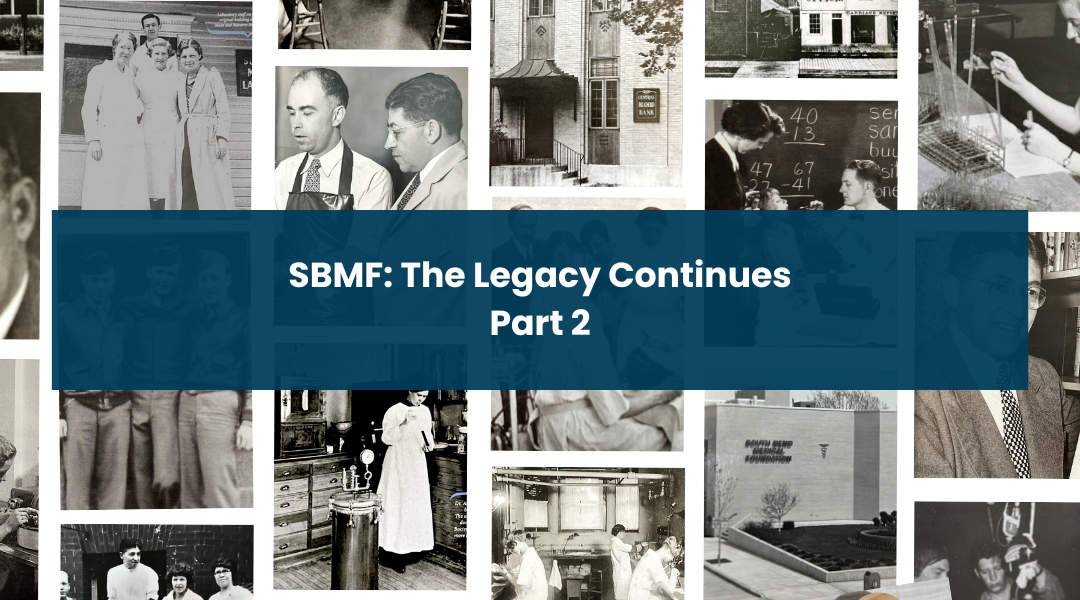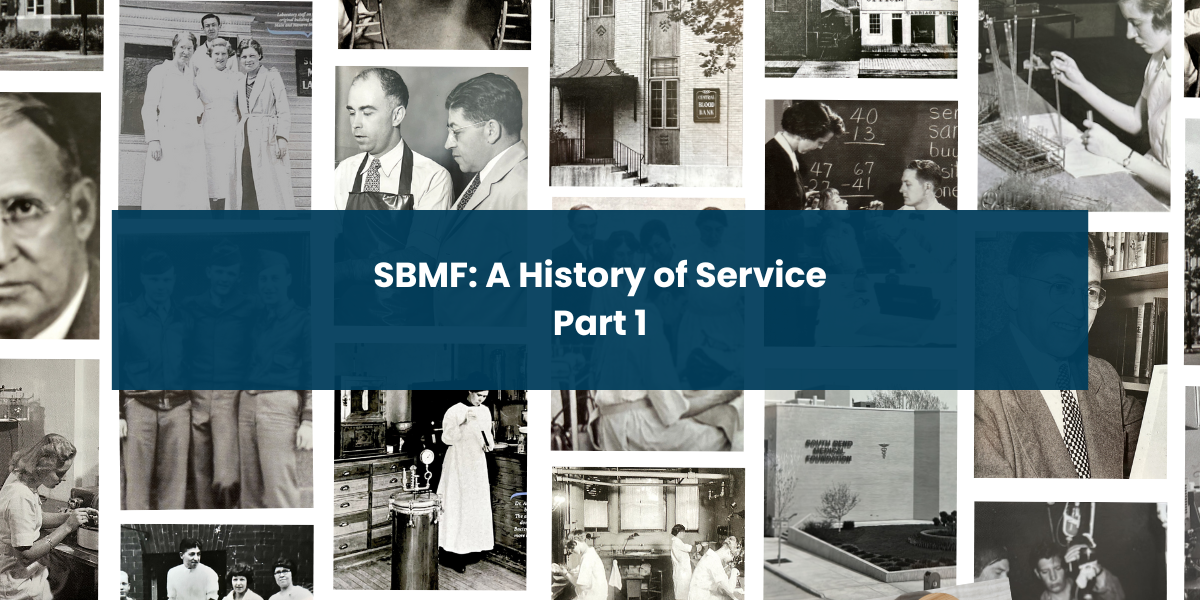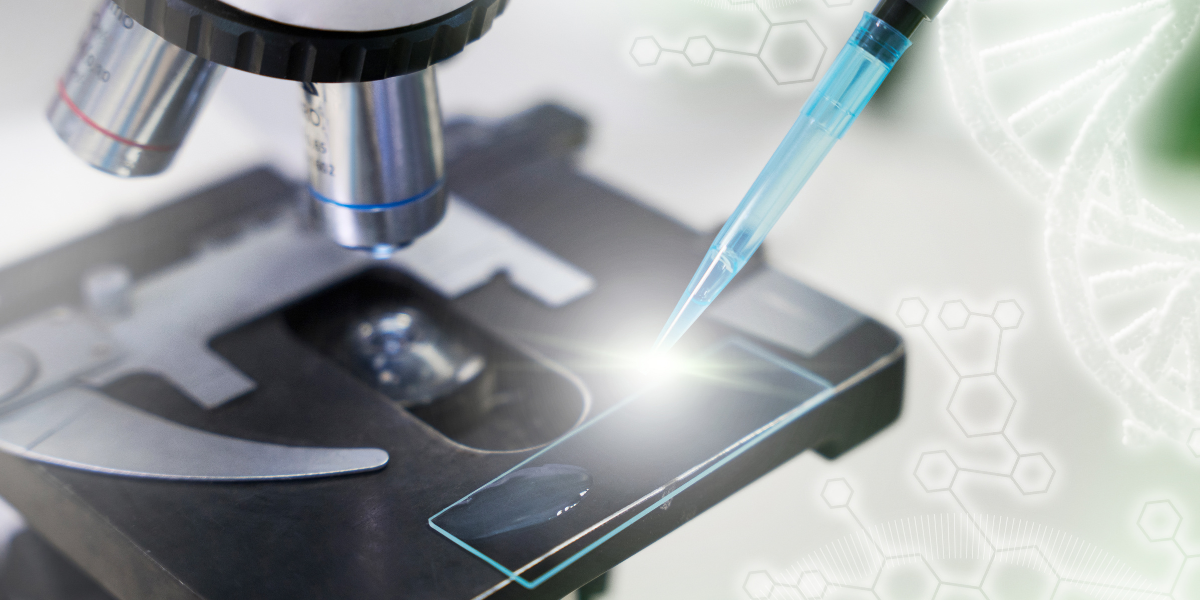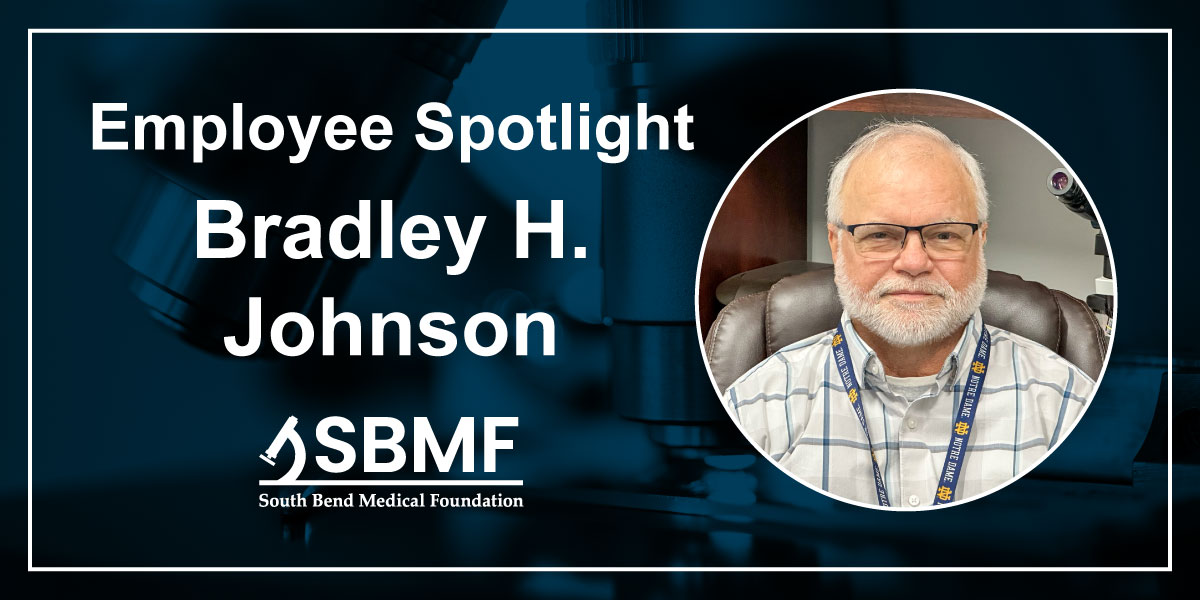In our previous article, we explored the early years of SBMF and their commitment to technological advancements in healthcare. In Part 2, we go deeper into SBMF’s pioneering innovations and their impact on the community.
From early breakthroughs in cancer detection to revolutionizing laboratory operations, SBMF has constantly pushed the boundaries of traditional healthcare practices. Let’s explore some key milestones in SBMF’s history of innovation.
Early Innovations and Advancements
Investing heavily in technology for the betterment of the community has always been a hallmark of SBMF.
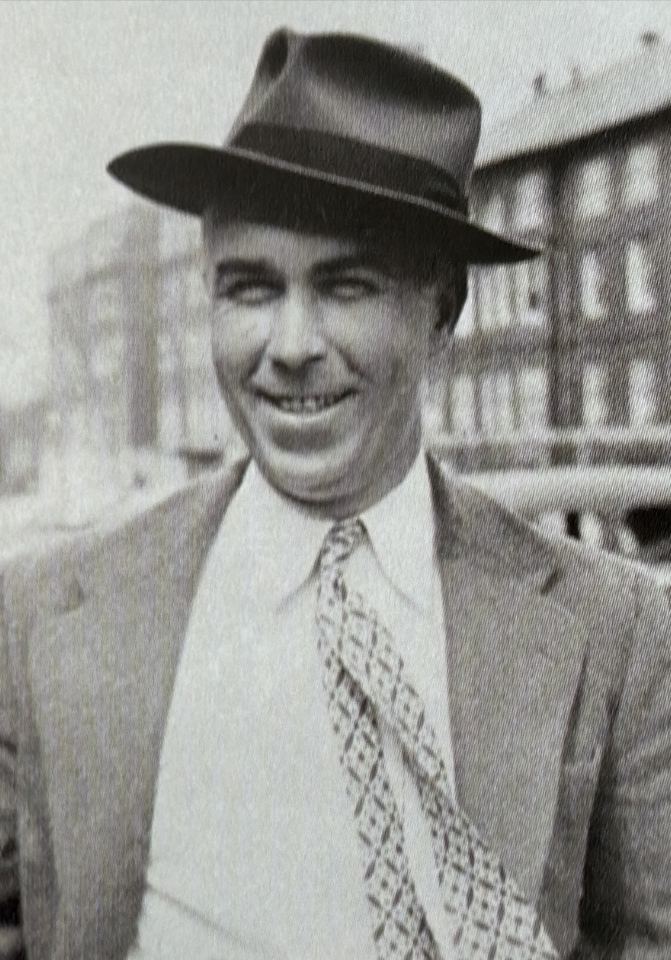
In the early 1950s, Dr. Carl Culbertson, the medical director of SBMF, led a significant study on the effectiveness of the Pap smear test for detecting cervical cancer. Though initially skeptical, Dr. Culbertson became a strong advocate for the test after witnessing its positive impact on women’s health. SBMF began screening over 5,000 Pap smears annually, ensuring early detection and successful treatment of abnormal cells.
On the left, Dr. Carl Culbertson, circa 1950
During his tenure, Dr. Culbertson also played a pivotal role in developing a skin test antigen for diagnosing cat scratch fever. These early innovations showcased SBMF’s commitment to pushing the boundaries of traditional healthcare practices—a commitment which continues to this day.
Blood Supply Safety and Genetic Testing
In the 1970s, the increasing number of surgeries, especially open-heart procedures, created a higher demand for blood transfusions. As a result, there was a need for stricter safety measures to protect the blood supply. The outbreak of HIV and Hepatitis-C added urgency to the need for more sensitive testing methods. To address this, SBMF became one of the first community laboratories to implement nucleic acid testing (NAT) for early detection of these diseasres. This breakthrough gained recognition, and SBMF started processing half a million units of blood annually, establishing itself as a leader in genetic testing.
Newborn Screening and Forensic Urine Drug Testing
SBMF’s innovative spirit extended to newborn screening services, introducing tests for phenylalanine and galactosemia in the 1960s and 1980s, respectively. These screenings helped identify inherited disorders and prevent potential complications in infants.
In the 1980s, President Ronald Reagan’s war on drugs led to an accreditation process for forensic urine drug testing. SBMF’s expertise in this area earned it recognition and accreditation from the United States Department of Health and Human Services – National Institute on Drug Abuse. SBMF worked closely with various organizations to develop and implement drug-testing programs, ensuring safer workplaces for the community.
Telemedicine and Streamlining Laboratory Operations
The revolutionary transformation of SBMF in 1989, fully computerizing its laboratory operations, was a turning point in enhancing efficiency to support the growing healthcare needs of the population.
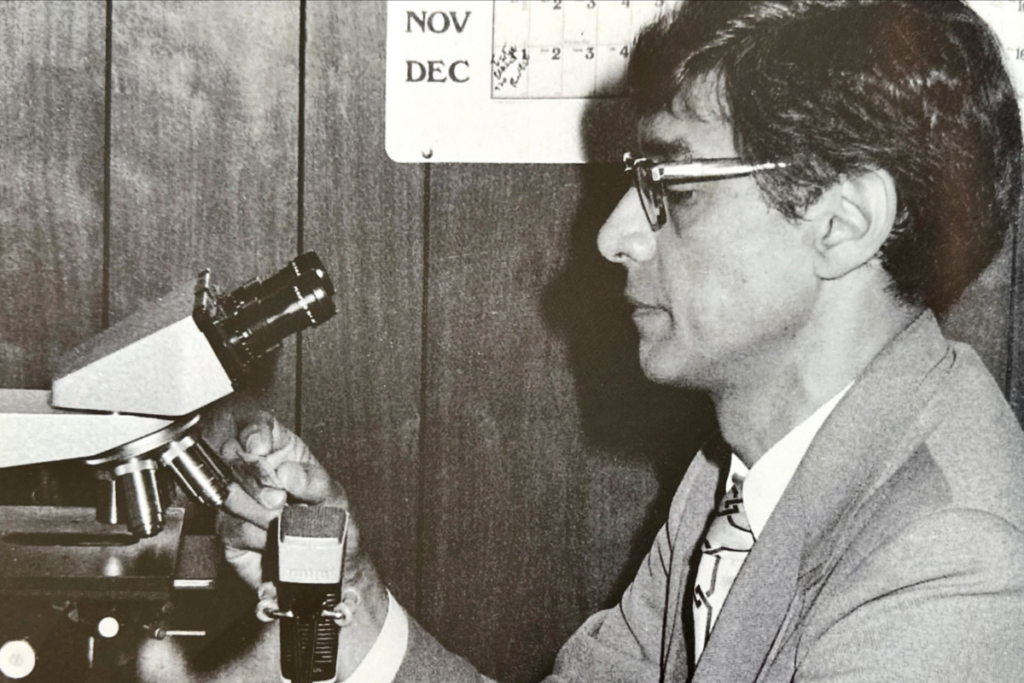
This transformation was made possible through the leadership and expertise of individuals like Dr. Luis Galup, who played a pivotal role in guiding SBMF towards this technological advancement.
On the Left, Dr. Luis Galup, circa 1970
Moreover, SBMF’s pioneering spirit led to another significant achievement as it became the first laboratory in the United States to implement the Roche Modular Pre-Analytics (MPA) system. This advanced robotics system, now recognized as a breakthrough in laboratory automation, owes its success to the collaboration and insights of experts like Dr. Galup. The implementation of the Roche MPA streamlined pre-analytical processes, consolidating chemistry testing and enhancing staff efficiency.
SBMF: Striving for Growth and Innovation in Healthcare
SBMF attributes its tremendous growth and success to the dedicated employees who have contributed their skills and commitment throughout the years. From its humble beginnings, SBMF has made a substantial impact on the lives of the people it serves.
On the right, SBMF retirees were invited for the 100-year anniversary in 2012
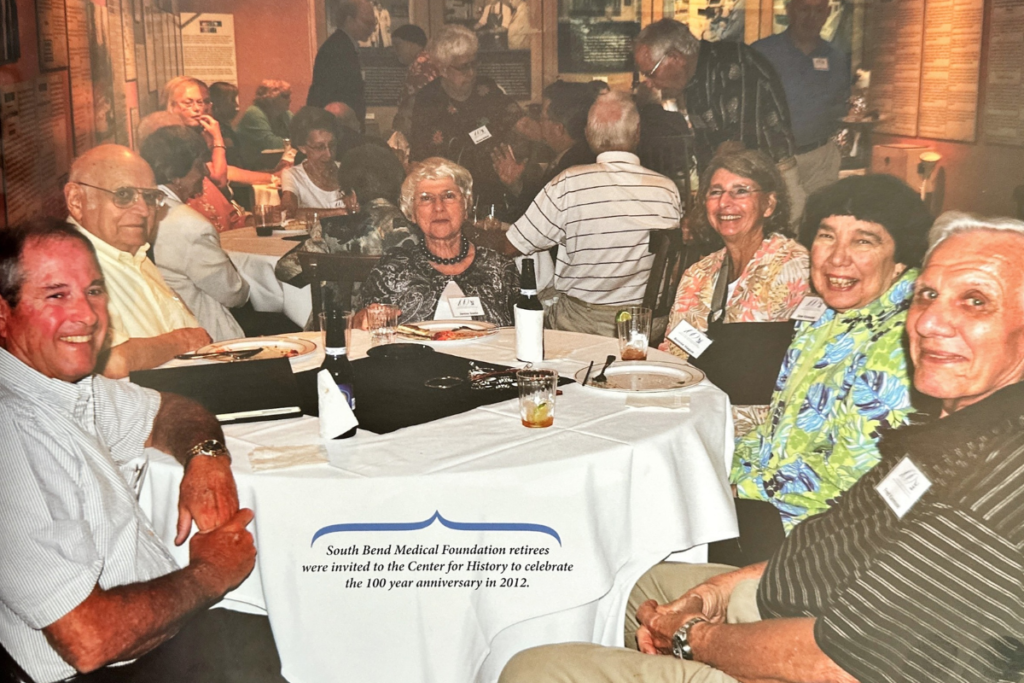
Looking ahead, SBMF has set a bold 5-year goal to expand fivefold. This ambitious plan includes acquiring new businesses and venturing into complementary sectors. Driven by the understanding that pathology is still in the early stages of technology compared to other areas of healthcare, SBMF envisions a future in digital pathology. This advancement involves digitizing slides, implementing artificial intelligence (AI), and harnessing molecular pathology.
SBMF’s dedication to innovation, community outreach, and continuous improvement ensures it remains at the forefront of healthcare advancements and continues to make a substantial impact on the lives of the people it serves.
